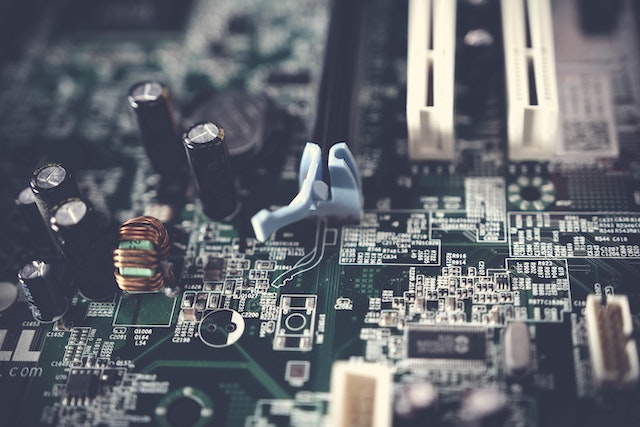Technological advancements have been at the forefront from the start of this century. It has particularly accelerated in the last decade or so as we see new technologies and software entering the market. While software changes are coming in, we cannot ignore the hardware breakthroughs currently at the forefront.
If you are CIO (Chief Information Officer), you must also keep an eye on the hardware breakthroughs. The innovation in various devices is all set to change the course of the hardware industry. On that note, let’s go over the top 5 breakthroughs that can reshape the hardware industry.
Learning about the innovations coming into the world of hardware is vital. Keeping up with trends will allow you to leverage the possible changes and get a competitive edge. Let’s go over the few hardware breakthroughs to know about for the coming years.
- Neuromorphic Hardware:
On top of the list, we have the neuromorphic hardware that is inspired by the human brain’s architecture. This hardware has a design to process information in the same manner that mimics biological neurons. Neuromorphic hardware excels in tasks related to pattern recognition, AI, and ML.
This sets it apart from traditional CPUs and GPUs, which are helpful for general-purpose computation. Various big names, such as Intel, are investing in neuromorphic computing. They believe it has the potential to accelerate AI and cognitive computing applications significantly.
- Miniaturized Electronics:
The usage of miniaturization made it possible to use electronics in various application areas. Most notably, the automotive and healthcare sectors have to deal with space limitations when it comes to implementing specific devices.
With miniaturization, electronics manufacturing has also become more streamlined. We would continue to see more innovations come into play as smaller components enter the market. One of the critical things about miniaturization is the incorporation of various features into a single piece. Whether it is the nanoscale transistors in processors or nanomaterials used in batteries and medical devices, miniaturized electronics are reshaping multiple industries. It holds the potential to create more efficient and sustainable products across industries.
- Optical Computing:
The movement of the electrons plays a significant role in traditional electronic computing. But, there are some inherent limitations regarding speed and energy efficiency. That is where optical computing comes into play. It uses photons (light particles) instead of electrons, which offers a possible alternative.
There have been recent breakthroughs in optical computing that show this technology’s potential. Nevertheless, optical computers are worth watching since they can perform certain calculations much faster than electronic ones.
- Quantum Computing:
You might have heard about a popular buzzword in the tech world for the last couple of years: quantum computing. However, recent breakthroughs have made us hopeful of seeing this revolutionary technology turn into a reality. Traditional computers run on bits, represented by 0 or 1.
On the other hand, quantum computers use quantum bits or qubits. The principles of quantum mechanics allow these qubits to exist in various states at the same time. So, this feature enables quantum computers to carry out specific calculations more quickly than conventional computers.
The need for high-performance computing is growing. Many industries are poised to benefit from the immense computational power of quantum machines. Therefore, quantum computing is undoubtedly a hardware breakthrough worth the attention.
- 3D Printing Advancements:
Last but not least, the advancements in 3D printing are also quite massive. 3D printing has come a long way since its inception. Also called additive manufacturing, 3D printing has come along from its inception as a method for rapid prototyping.
It is safe to say that 3D printing has become a transformative manufacturing technology. An important thing to note is that recent breakthroughs in 3D printing have expanded its applications. From aerospace components to customized medical implants, it is becoming a useful element for various industries. In addition to that, innovations in multi-material and multi-color printing are making it possible to create even more complex and functional objects.
The hardware industry is in the midst of a transformative period, with breakthroughs in various areas. From quantum computing to neuromorphic hardware and 3D printing, there are many things that you need to keep an eye on. These advancements have the power to revolutionize the way we live and work.
Most notably, the innovations will drive greater innovation and advancements in fields as diverse as computing, healthcare, manufacturing, and more. With these tools becoming more accessible, we can expect a future filled with faster, more efficient, and environmentally sustainable hardware solutions.












